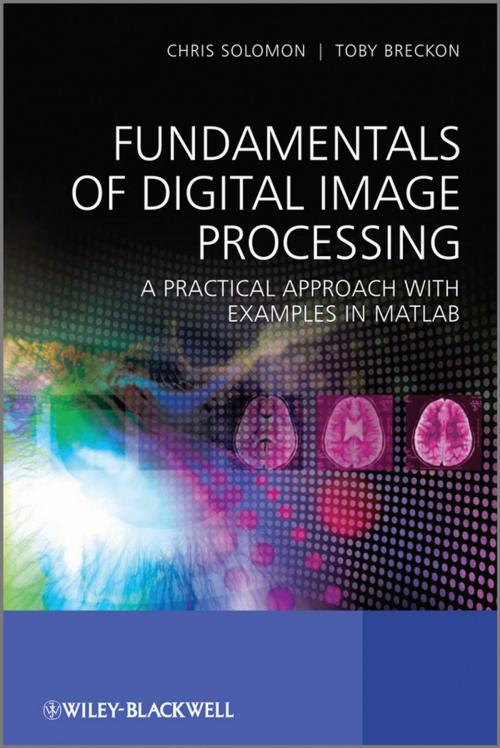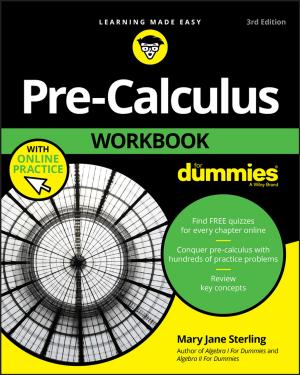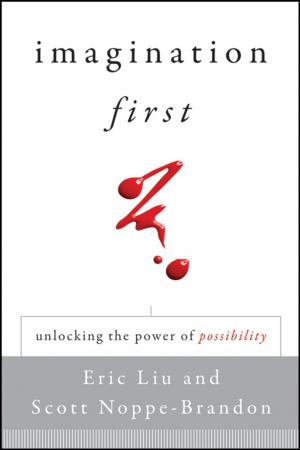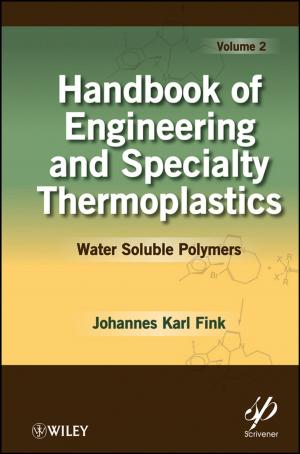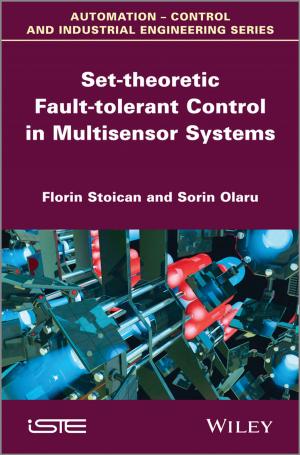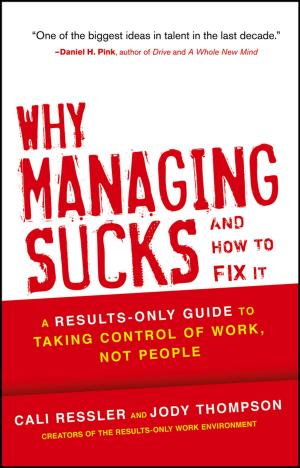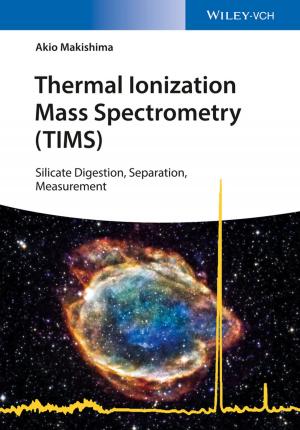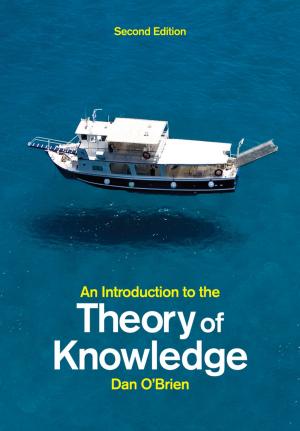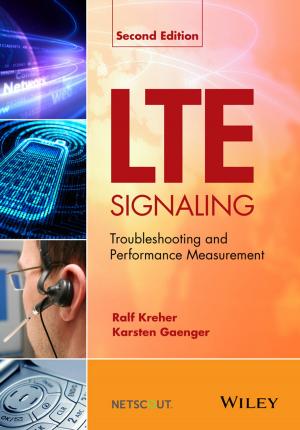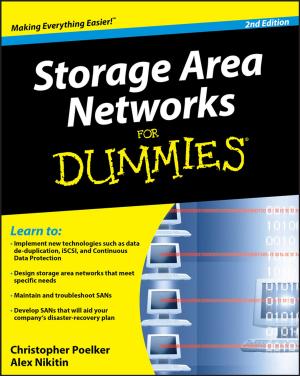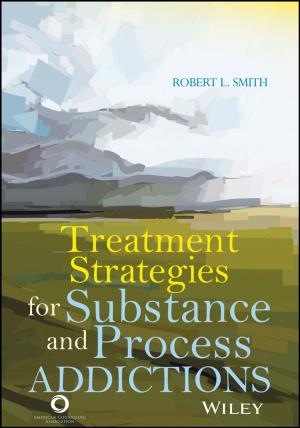Fundamentals of Digital Image Processing
A Practical Approach with Examples in Matlab
Nonfiction, Science & Nature, Science, Physics, General Physics| Author: | Chris Solomon, Toby Breckon | ISBN: | 9781119957003 |
| Publisher: | Wiley | Publication: | July 5, 2011 |
| Imprint: | Wiley | Language: | English |
| Author: | Chris Solomon, Toby Breckon |
| ISBN: | 9781119957003 |
| Publisher: | Wiley |
| Publication: | July 5, 2011 |
| Imprint: | Wiley |
| Language: | English |
This is an introductory to intermediate level text on the science of image processing, which employs the Matlab programming language to illustrate some of the elementary, key concepts in modern image processing and pattern recognition. The approach taken is essentially practical and the book offers a framework within which the concepts can be understood by a series of well chosen examples, exercises and computer experiments, drawing on specific examples from within science, medicine and engineering.
Clearly divided into eleven distinct chapters, the book begins with a fast-start introduction to image processing to enhance the accessibility of later topics. Subsequent chapters offer increasingly advanced discussion of topics involving more challenging concepts, with the final chapter looking at the application of automated image classification (with Matlab examples) .
Matlab is frequently used in the book as a tool for demonstrations, conducting experiments and for solving problems, as it is both ideally suited to this role and is widely available. Prior experience of Matlab is not required and those without access to Matlab can still benefit from the independent presentation of topics and numerous examples.
- Features a companion website www.wiley.com/go/solomon/fundamentals containing a Matlab fast-start primer, further exercises, examples, instructor resources and accessibility to all files corresponding to the examples and exercises within the book itself.
- Includes numerous examples, graded exercises and computer experiments to support both students and instructors alike.
This is an introductory to intermediate level text on the science of image processing, which employs the Matlab programming language to illustrate some of the elementary, key concepts in modern image processing and pattern recognition. The approach taken is essentially practical and the book offers a framework within which the concepts can be understood by a series of well chosen examples, exercises and computer experiments, drawing on specific examples from within science, medicine and engineering.
Clearly divided into eleven distinct chapters, the book begins with a fast-start introduction to image processing to enhance the accessibility of later topics. Subsequent chapters offer increasingly advanced discussion of topics involving more challenging concepts, with the final chapter looking at the application of automated image classification (with Matlab examples) .
Matlab is frequently used in the book as a tool for demonstrations, conducting experiments and for solving problems, as it is both ideally suited to this role and is widely available. Prior experience of Matlab is not required and those without access to Matlab can still benefit from the independent presentation of topics and numerous examples.
- Features a companion website www.wiley.com/go/solomon/fundamentals containing a Matlab fast-start primer, further exercises, examples, instructor resources and accessibility to all files corresponding to the examples and exercises within the book itself.
- Includes numerous examples, graded exercises and computer experiments to support both students and instructors alike.
